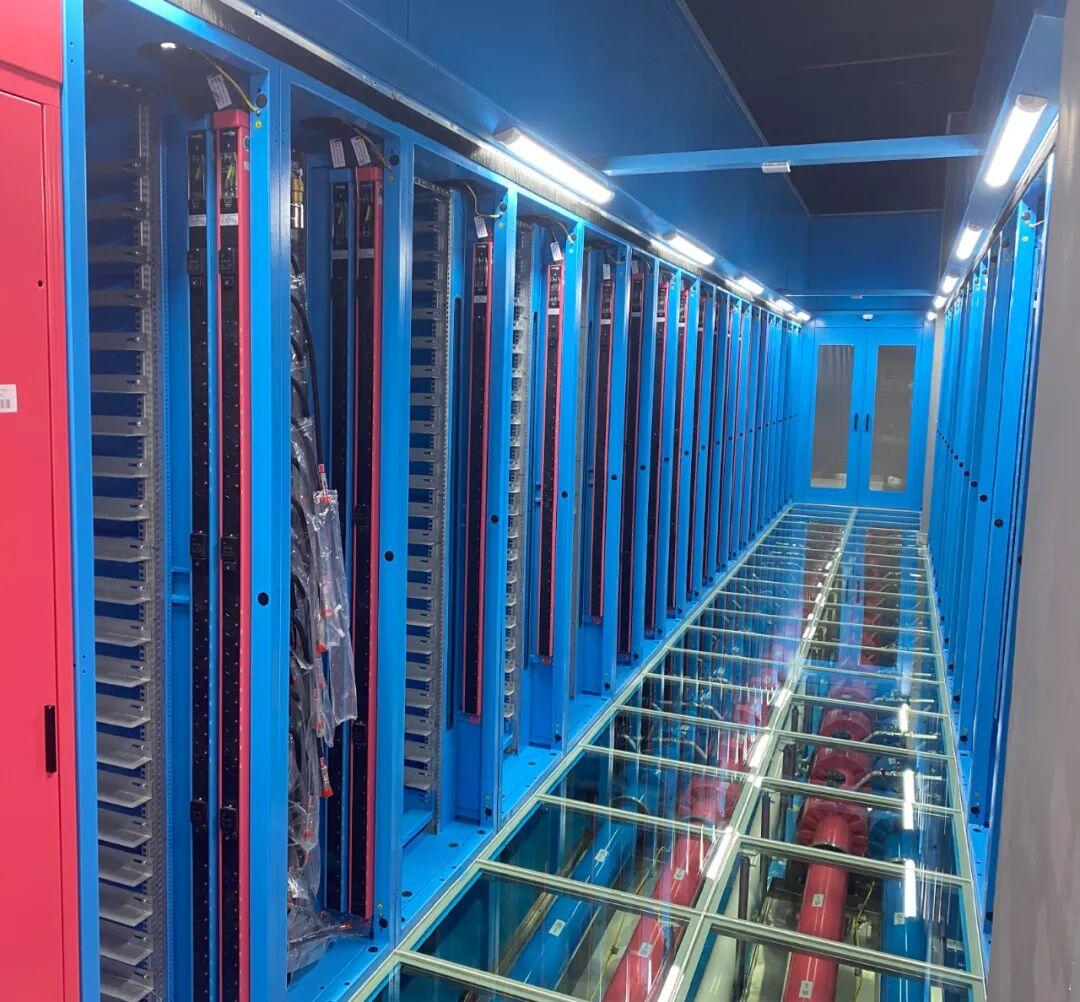Current State of Energy Consumption in Data Centers
As the demand for digital services surges, energy consumption in data centers has become a global focus. In 2022, data centers worldwide consumed approximately 200 terawatt-hours (TWh) of electricity, a figure projected to rise to 400 TWh by 2030. This increase is primarily driven by advancements in cloud computing and artificial intelligence, which continue to fuel the need for computing power in data centers.
Cooling and Energy Consumption
Cooling systems account for a significant portion of data center energy consumption, nearing 40% of total energy use. Effective cooling not only impacts the operational efficiency of data centers but also directly relates to energy efficiency, measured by Power Usage Effectiveness (PUE). PUE is a key metric for assessing data center energy efficiency, calculated as the total energy consumed by the facility divided by the energy consumed by IT equipment.
- PUE 1.0: Represents the most efficient energy usage, ideally indicating no extra energy is used for non-IT equipment.
- PUE 2.0: Indicates that the power consumption of infrastructure is double that of IT equipment, reflecting lower energy efficiency.
- Average PUE: According to data from 2022, the average PUE was 1.55, slightly down from 1.57 in 2021, demonstrating the industry’s ongoing efforts to improve energy efficiency.
Cooling Technologies and Energy Efficiency
Cooling technologies are crucial for energy efficiency in data centers. High-efficiency cooling technologies, such as liquid cooling, hot/cold aisle containment, and optimized airflow management, can significantly reduce the energy consumption of cooling infrastructure while enhancing overall energy efficiency. Compared to traditional air cooling, liquid cooling systems are more effective in cooling high-density IT racks, leading to lower PUE. Currently, some large-scale facilities have achieved PUE values as low as 1.2, meaning that for every kilowatt of power used for IT tasks, only an additional 600 watts are consumed for cooling and other infrastructure needs.
Innovative Cooling Technologies
Research into liquid cooling technologies is continually advancing. According to a study by the American Society of Mechanical Engineers (ASME), transitioning from 100% air cooling to 75% liquid cooling can reduce facility power consumption by 27%. Additionally, a new energy efficiency metric known as Total Usage Efficiency (TUE) is being widely adopted. TUE considers the efficiency of both IT equipment and cooling systems, calculated as the total energy consumed by the facility divided by the sum of the energy consumed by IT and cooling equipment, providing a more comprehensive assessment of cooling effectiveness.
Lori’s Cooling Solutions
Lori's expertise in cooling technology enables her to offer a variety of efficient cooling solutions. These products and services include:
- Cooling Distribution Units (CDU): Optimizing the distribution of coolant to ensure effective cooling.
- Vapor Chamber: Enhancing thermal conductivity to help lower component temperatures.
- Liquid Cooling Loop and Cold Plates: Designing efficient liquid cooling loop to enhance cooling effects and reduce energy consumption.
- Remote Heat Pipe Components: Offering flexible thermal management solutions to improve overall cooling performance.
- Cooling Units: Providing support for the entire cooling system to ensure stable cooling performance.
Moreover, Lori can design customized cooling solutions tailored to specific data center types, ensuring energy-saving goals are met while enhancing cooling efficiency.
Conclusion
In today’s rapidly advancing digital landscape, optimizing energy consumption and cooling technologies in data centers is essential. By adopting advanced liquid cooling solutions, data centers can effectively reduce energy usage while enhancing overall operational efficiency. Lori’s innovative cooling solutions provide a pathway for the industry toward sustainable development, helping data centers achieve higher energy efficiency and lower environmental impact in the face of future challenges.







